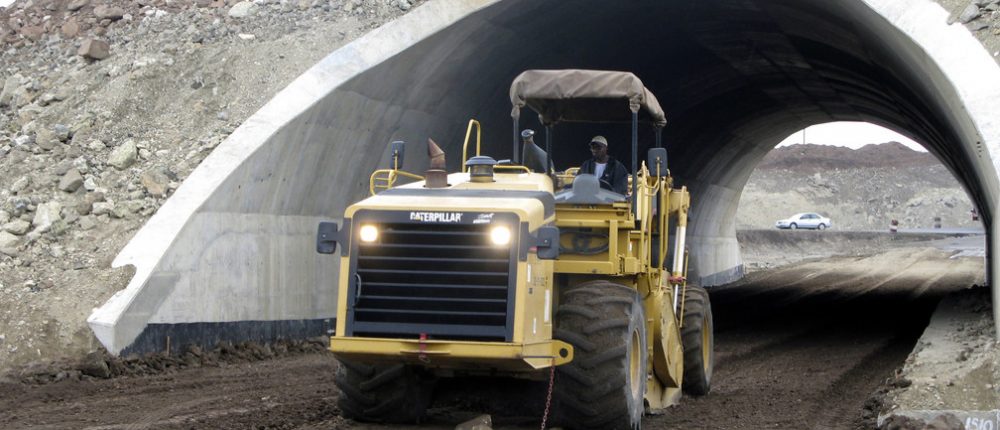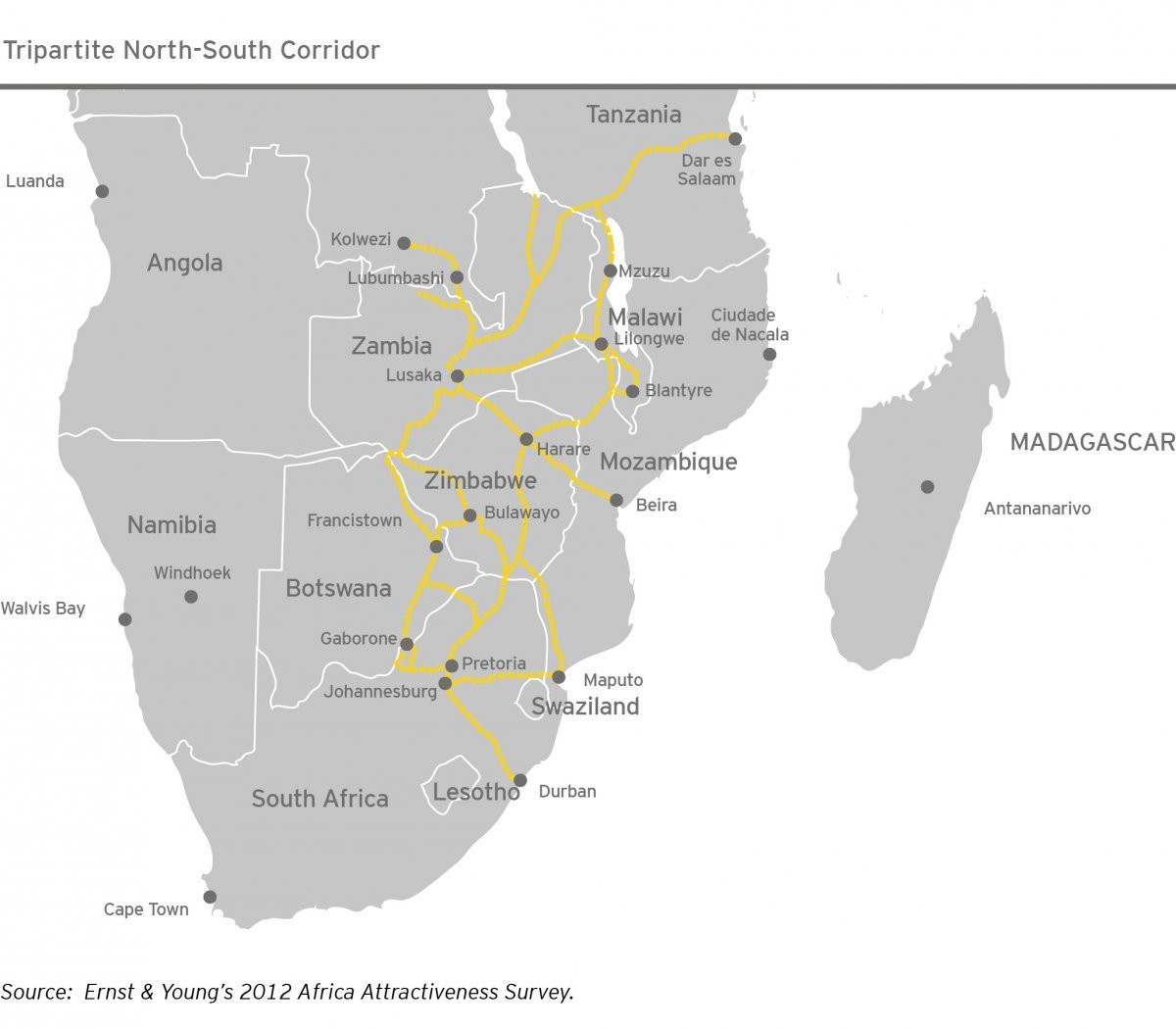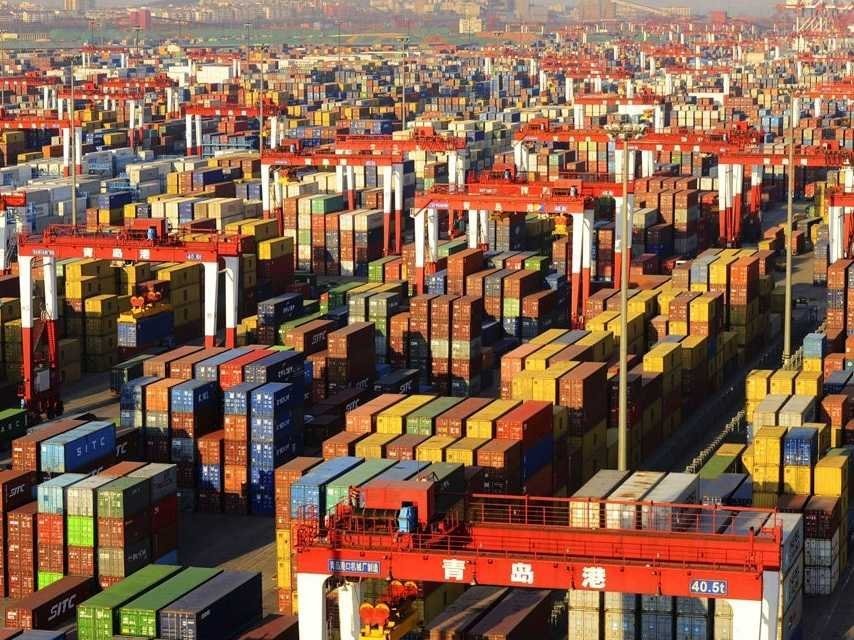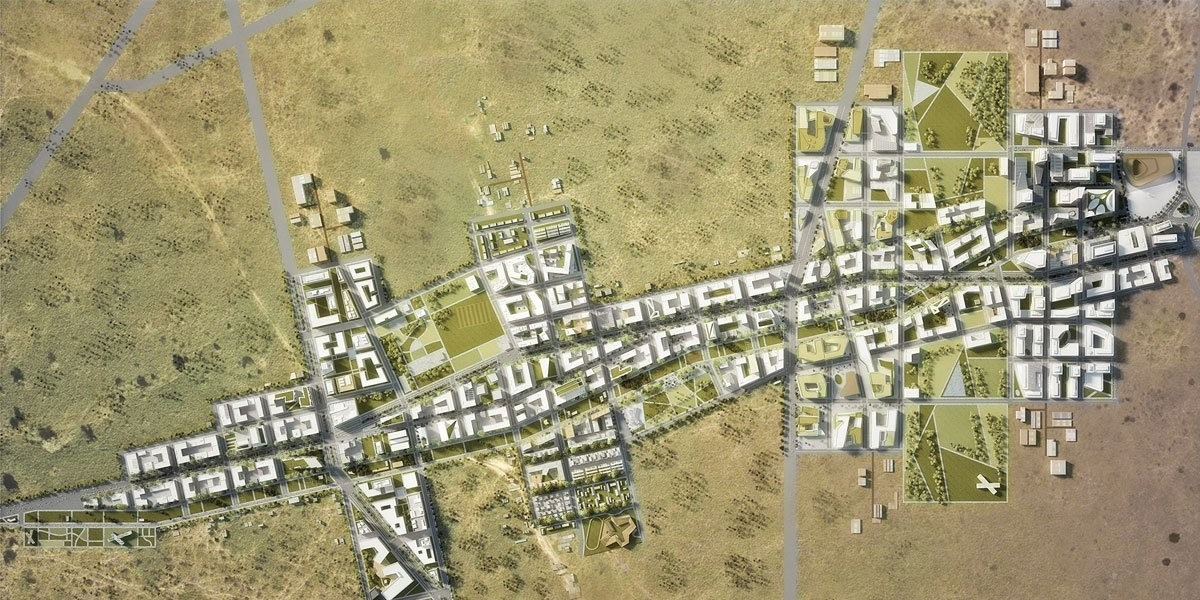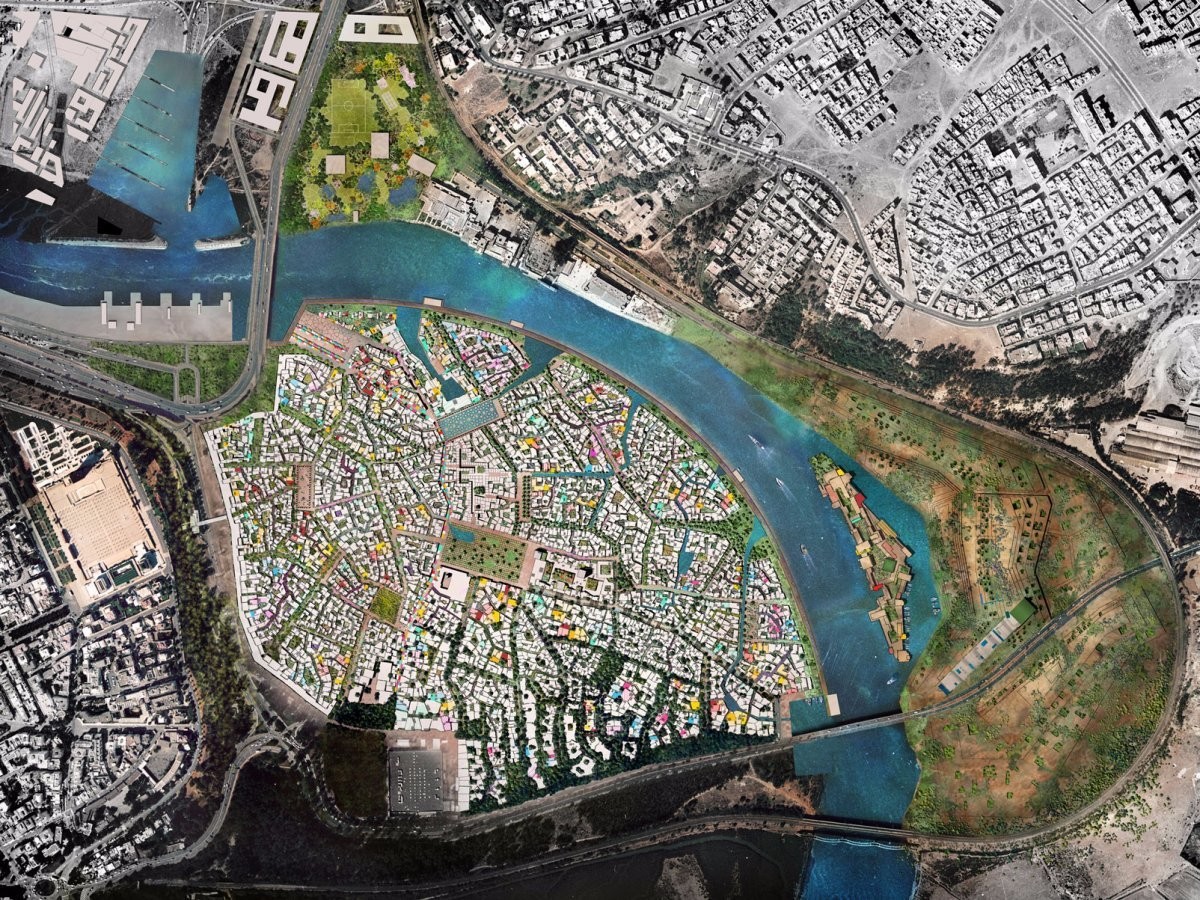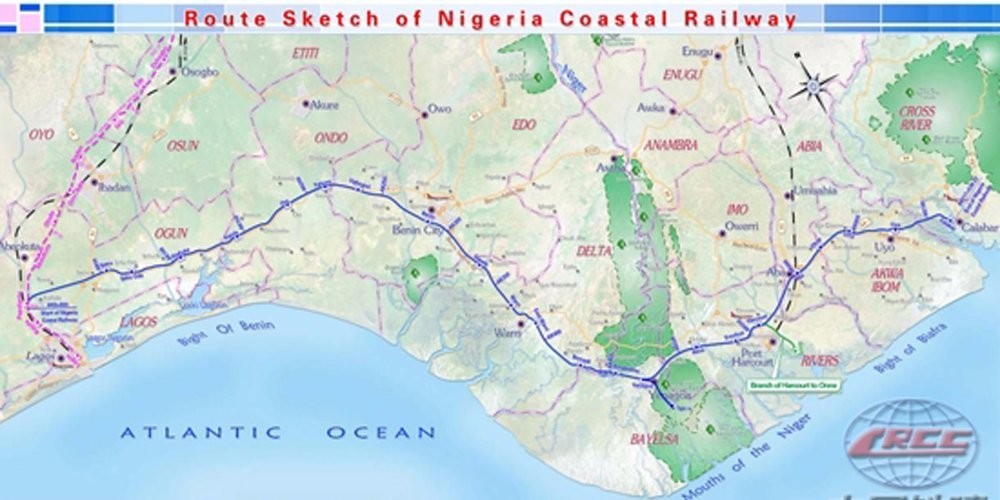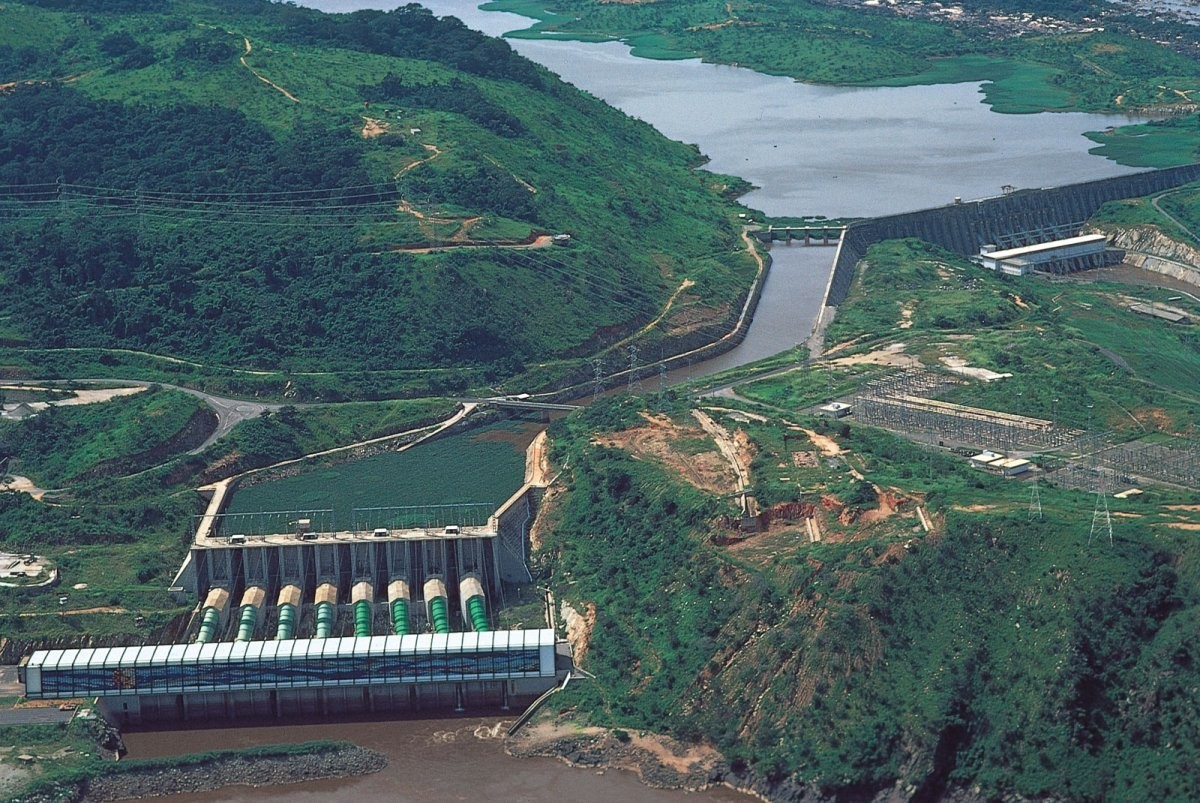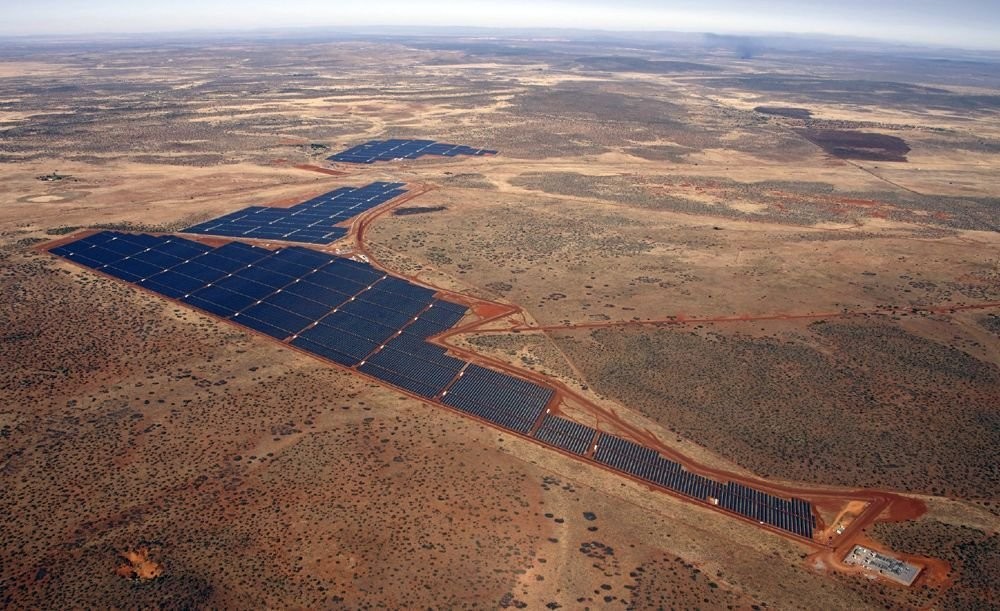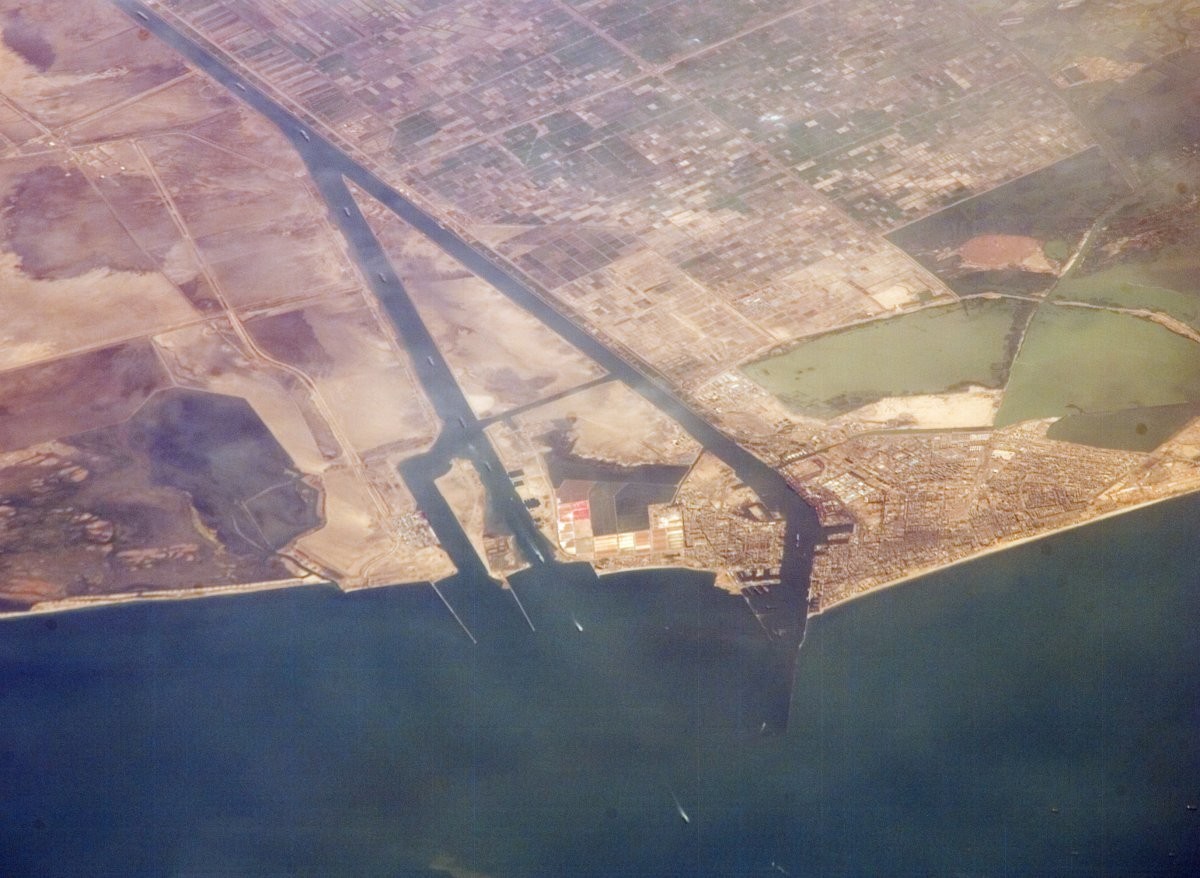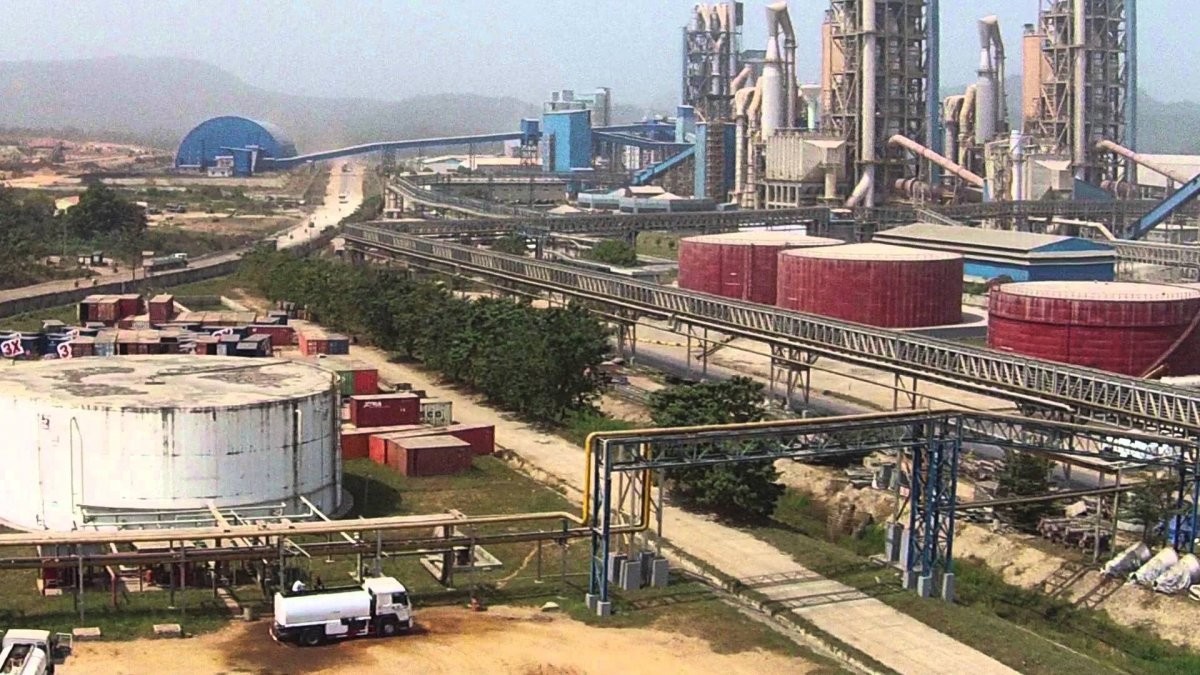These giant infrastructure projects are set to reshape Africa
Contents |
[edit] Introduction
Africa’s population is exploding. By the United Nations’ estimate, the continent will see its current population of 1.2 billion double by the year 2050. That’s an expected growth of 42 million people — basically a brand-new Argentina — every year.
A number of important infrastructure projects are underway to make room for all those people, including railways, dams, and clean energy solutions such as solar arrays.
Here are some of the largest projects coming to Africa in the next several decades.
[edit] North South Corridor
In 2009, the Common Market for Eastern and Southern Africa began work on the North South Corridor — a series of roadways and railways spanning more than 6,000 miles across seven countries. Its total cost is approximately $1 billion.
Image: Ernst & Young
[edit] Bagamoyo Port
Tanzania’s Bagamoyo Port will become Africa’s largest port, capable of handling 20 million containers a year. With an estimated cost of $11 billion, a Chinese government construction firm expects to complete the port by 2045.
Image: Reuters
[edit] Modderfontein New City
In 2013, Chinese development firm Zendai Property Limited announced it was building an $8 billion city outside Johannesburg, called Modderfontein New City. It will become a hub for Chinese firms investing in African infrastructure.
Image: Shanghai Zendai
[edit] Konza Technology City
Not to be outdone, Kenya is getting Konza Technology City, a $14.5-billion software hub outside Nairobi. The government is calling it “where African silicon savannah begins.”
[edit] Bouregreg Valley
In 2013, Morocco launched a $420-million urban development project in the Bouregreg Valley. Building up the area will link Rabat and Salé, two of Morocco’s most vibrant towns currently split by the valley.
Image: Jean Nouvel
[edit] Lagos-Calabar coastal railway
China and Nigeria have agreed to a $11-billion contract to build the Lagos-Calabar coastal railway. It will stretch for 871 miles and is expected to open in 2018.
Image: CCECC
[edit] Grand Ethiopian Renaissance Dam
At a cost of $4.8 billion, the Grand Ethiopian Renaissance Dam will provide hydroelectric power to Ethiopia and nearby countries. There is some criticism, however, that the dam forces the relocation of nearly 20,000 people.
Image: Ethiopian Herald
[edit] Grand Inga Dam
At an average output of 39,000 MW per year, the Grand Inga Dam will become the largest energy-generating body in the world. Its total development cost is an estimated $100 billion. Developers expect to finish the project by 2025.
Image: Bloomberg
[edit] Jasper solar farm
Opened in South Africa in 2014, the Jasper solar farm produces roughly 180,000 megawatt-hours per year, capable of powering 80,000 homes. It is the largest solar power project on the continent.
Image: SR
[edit] New Suez Canal
Construction began on an extension to the existing Suez Canal in 2014. The “New Suez Canal” adds 22 miles in a new shipping lane beside the original 102-mile canal and is expected to double annual revenue with the room for added ships.
Image: Wikimedia Commons
[edit] Dangote Cement
Dangote Cement, Africa’s largest cement producer, signed contracts worth $4.3 billion in 2015 with a Chinese engineering firm to increase its capacity to 100 million tons across 15 countries by 2020. The deal will enable the construction of many other projects around the continent.
Image: GE Africa/YouTube
Written by
Chris Weller, Ideas Reporter, Business Insider
This article is published in collaboration with Business Insider.
The views expressed in this article are those of the author alone and not the World Economic Forum.
This article was originally published on the Future of Construction Knowledge Sharing Platform and the WEF Agenda Blog.
[edit] Find out more
[edit] Related articles on Designing Buildings Wiki
- A better investment framework for Africa.
- China’s clean, green buildings of the future.
- Construction in Malaysia.
- Global Construction 2025.
- How Latin America and the Caribbean can unlock their digital potential.
- How to tell which infrastructure projects will work.
- India needs to build more infrastructure fast. Here’s how.
- Megaprojects.
- Renovate, operate, transfer (ROT).
- Scoping project approach in the developing world.
- State of the construction industry in Uganda.
- Tallest buildings in the world.
- Top 10 skyscrapers located in the UAE.
--Future of Construction 14:14, 20 Jun 2017 (BST)
Featured articles and news
Lighting Industry endorses Blueprint for Electrification
The Lighting Industry Association fully supports the ECA Blueprint as a timely, urgent call to action.
BSRIA Sentinel Clerk of Works Training Case Study
Strengthening expertise to enhance service delivery with integrated cutting-edge industry knowledge.
Impact report from the Supply Chain Sustainability School
Free sustainability skills, training and support delivered to thousands of UK companies to help cut carbon.
The Building Safety Forum at the Installershow 2025
With speakers confirmed for 24 June as part of Building Safety Week.
The UK’s largest air pollution campaign.
Future Homes Standard, now includes solar, but what else?
Will the new standard, due to in the Autumn, go far enough in terms of performance ?
BSRIA Briefing: Cleaner Air, Better tomorrow
A look back at issues relating to inside and outside air quality, discussed during the BSRIA briefing in 2023.
Restoring Abbotsford's hothouse
Bringing the writer Walter Scott's garden to life.
Reflections on the spending review with CIAT.
Retired firefighter cycles world to raise Grenfell funds
Leaving on 14 June 2025 Stephen will raise money for youth and schools through the Grenfell Foundation.
Key points for construction at a glance with industry reactions.
Functionality, visibility and sustainability
The simpler approach to specification.
Architects, architecture, buildings, and inspiration in film
The close ties between makers and the movies, with our long list of suggested viewing.
SELECT three-point plan for action issued to MSPs
Call for Scottish regulation, green skills and recognition of electrotechnical industry as part of a manifesto for Scottish Parliamentary elections.
UCEM becomes the University of the Built Environment
Major milestone in its 106-year history, follows recent merger with London School of Architecture (LSE).
Professional practical experience for Architects in training
The long process to transform the nature of education and professional practical experience in the Architecture profession following recent reports.
A people-first approach to retrofit
Moving away from the destructive paradigm of fabric-first.
New guide for clients launched at Houses of Parliament
'There has never been a more important time for clients to step up and ...ask the right questions'
The impact of recycled slate tiles
Innovation across the decades.
EPC changes for existing buildings
Changes and their context as the new RdSAP methodology comes into use from 15 June.







